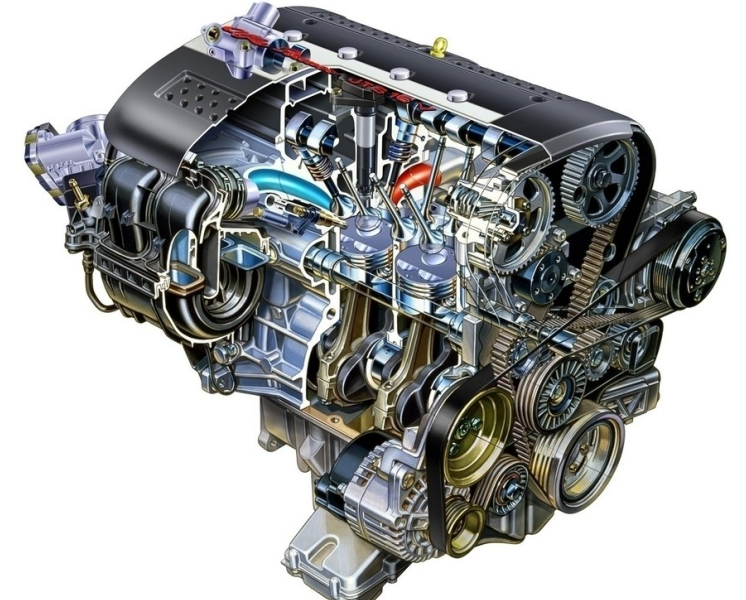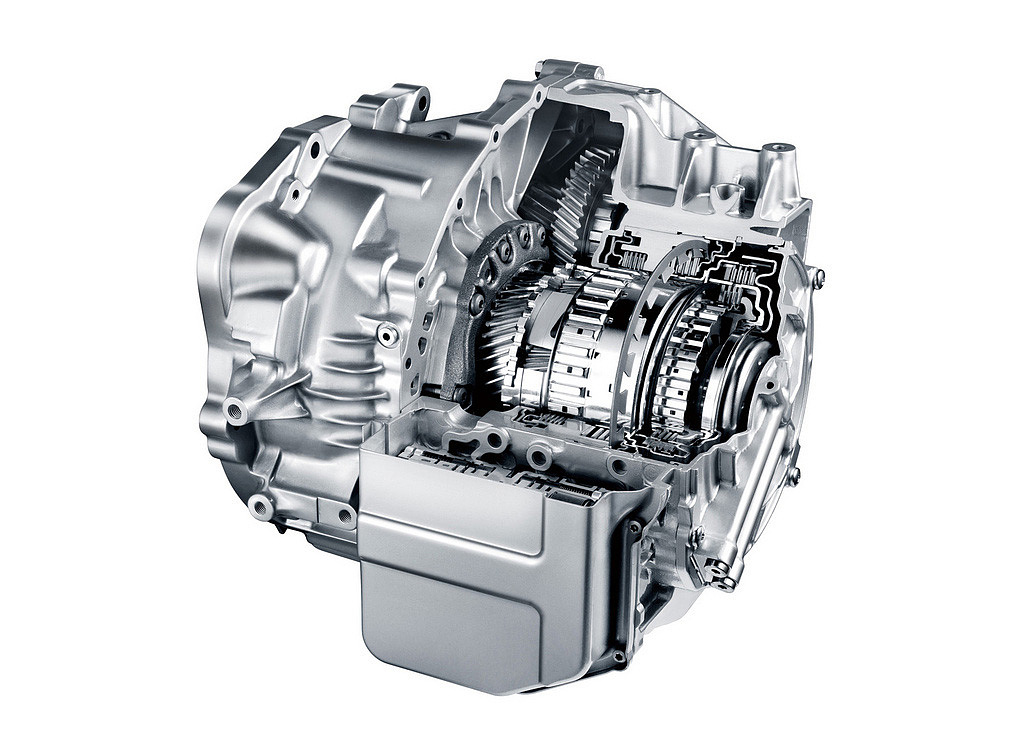
What is the maximum torque of the engine mounting auto parts
- Categories:News
- Time of issue:2022-06-20 09:30
- Views:
What is the maximum torque of the engine mounting auto parts
Torque refers to the average torque output from the crankshaft end when the engine mounting auto parts is running, and the magnitude of the torque is also directly related to the engine speed. The greater the torque, the greater the "power" of the engine output, the faster the change of the crankshaft speed, and the better the car's climbing ability and acceleration. However, the torque varies with the engine mounting auto parts speed. If the speed is too high or too low, the torque is not the maximum. The maximum torque will only be generated within a certain speed range. This range is the speed or speed range given when the maximum torque is marked.

In fact, the speed range accompanying the maximum torque of the engine mounting auto parts is directly related to the feeling of normal driving. Especially for urban driving, stop-and-go may be frequent. If the speed range of the maximum torque can be adjusted to be lower, then the engine mounting auto parts can obtain better power at the starting stage. The speed range of the maximum torque needs to cover the entire speed range of the engine as much as possible, so that the optimal power output can be obtained whether it is acceleration from the start or fast overtaking at medium and high vehicle speeds. This is obviously not possible with a naturally aspirated engine. Therefore, for the driver, it is particularly important to make full use of the maximum torque output range of the engine mounting parts. Usually, the desired sufficient power can be obtained by downshifting and increasing the engine mounting auto parts speed.

For a supercharged engine, by adjusting the opening timing of the wastegate valve, a wide speed range with peak torque can be obtained. For consumers, pay attention to the minimum speed at which the turbocharged engine mounting auto parts reaches peak torque. The lower the speed, the better the power in the starting stage, and the more fuel-efficient.
Contact us
MotorTec (Nanchang) Auto Parts Ltd.
Address: No. 102 building, No.1167 1st Fushan Road, Xiaolan Economic Development Zone, Nanchang City, Jiangxi Province
Whatsapp/Wechat: +86 189 7088 5876
E-Mail:john@motortec.com.cn
Copyright 2021 MotorTec (Nanchang) Auto Parts Ltd. All Rights Reserved 赣ICP备2021008218号 SEO

 +86 189 7088 5876
+86 189 7088 5876 



 E-mail
E-mail  SKYPE:+86 132 8589 2767
SKYPE:+86 132 8589 2767 